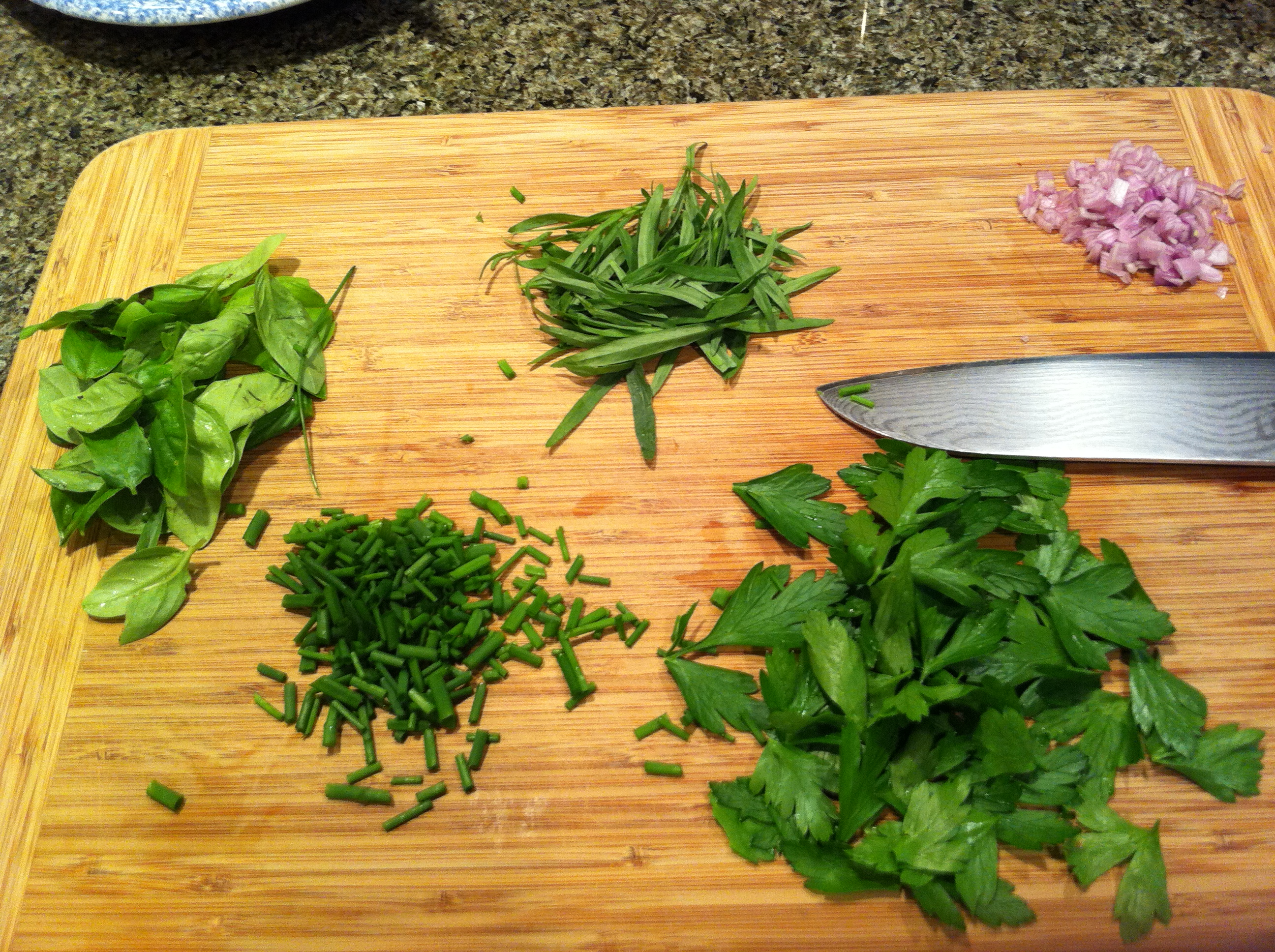I must give credit where credit is due. This meal was largely Hubs’ inspiration. In our penultimate CSA pick-up, we had a carton of freshly dug potatoes and an overstock of bell peppers. Hubs suggested a favorite dish of ours and ran with it: the traditional Spanish Tortilla. Not to be confused with corn or flour tortillas used in Mexican cuisine, the Spanish Tortilla is an egg omelet/frittata-like dish, usually served in wedges at tapas bar all over Spain, or a staple as part of a meal. It is a hearty dish, and really makes a perfect meal on a fall morning. You can serve it warm or cold, and like most of my suggestions, makes for great leftovers.
Last Sunday morning, as soon as breakfast was over, Hubs got straight to work on the tortilla. It does take some prep work, but as I mentioned, it is not a one meal wonder. The beauty of preparing the tortilla in the morning is that we had our lunch ready to go and waiting for us when we came in after a brisk fall walk. All I had to do was prepare the salad. We had a large bag of curly escarole, so I made a simple balsamic vinaigrette and served it on the salad. The slightly bitter, crispy crunch of the escarole was a perfect side for the egg and potato tortilla, served room temperature. I hope this meal inspires you, too. And props to Hubs.
Tortilla Espanola
(adapted from Mark Bittman’s Spanish Potato Omelet recipe in How to Cook Everything)
1/3 cup olive oil
1 pound yukon gold or other white potato, sliced 1/8″ thick (you can peel if you wish)
1 onion, sliced
1 red or green bell pepper, washed and sliced thinly (optional)
1-2 cloves garlic, minced
6 large eggs
1/4 cup fresh parsley, chopped
salt and pepper
Using a 10″ cast iron pan, or other oven-proof pan or skillet, heat about 1/2 the olive oil on the stove top over a medium flame. Add the potatoes slices and season with salt and pepper. Cook for about 20-25 minutes, turning the slices every few minutes. They are ready when softened and slightly browned. Remove with a slotted spoon and set aside.
Preheat the oven to 375 degrees F. Add remaining oil to pan, warm for a minute, then add the pepper and onion. Saute for about 10 minutes until the vegetables are softened. Then add the garlic and cook for another 5 minutes. Return the potatoes to the skillet and reduce heat to medium-low. Cook the potatoes, peppers and onions together, turning occasionally for another 5 minutes or so.
Beat the eggs, add salt and pepper and the parsley. Reduce the flame to low and slowly pour the eggs over the potato mixture. Shake the pan to distriubte the eggs evenly and leave undisturbed for about 5 minutes. Once oven is hot, transfer to oven and bake for ~10 minutes. The tortilla is ready when the mixture is set on top. Remove from oven and allow to cool. Flip onto serving dish, or remove carefully with spatula. Serve warm or at room temperature.

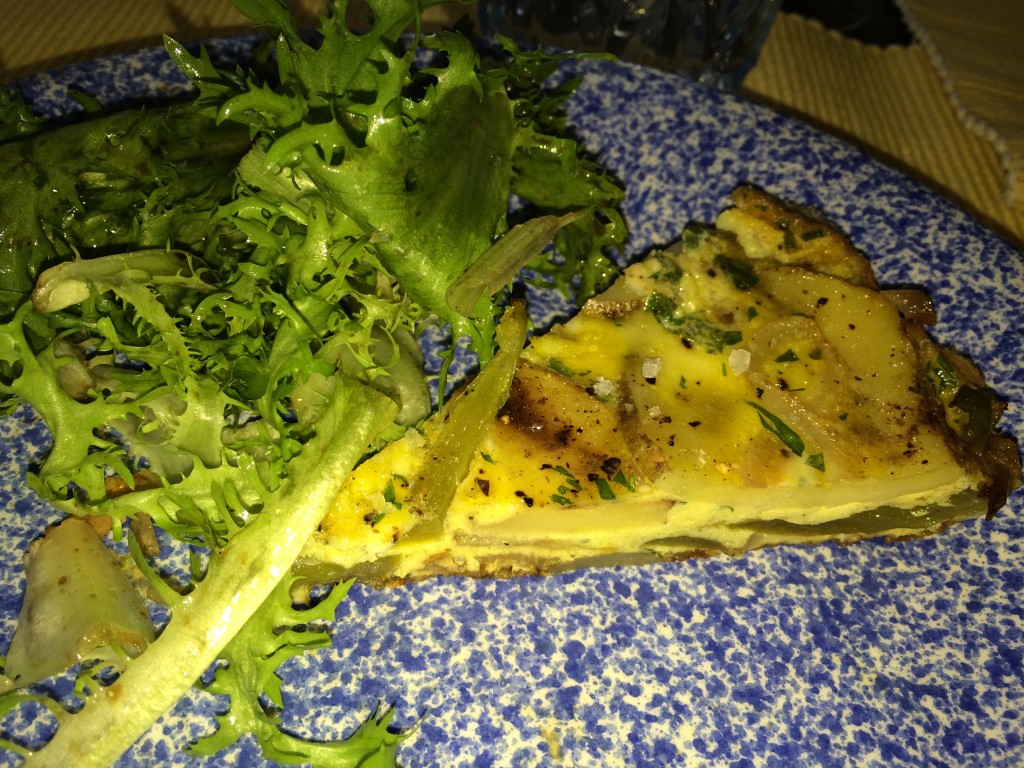




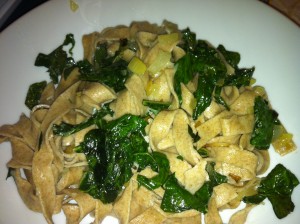
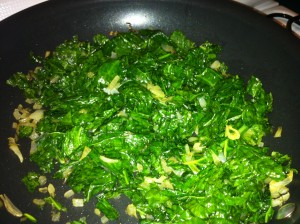


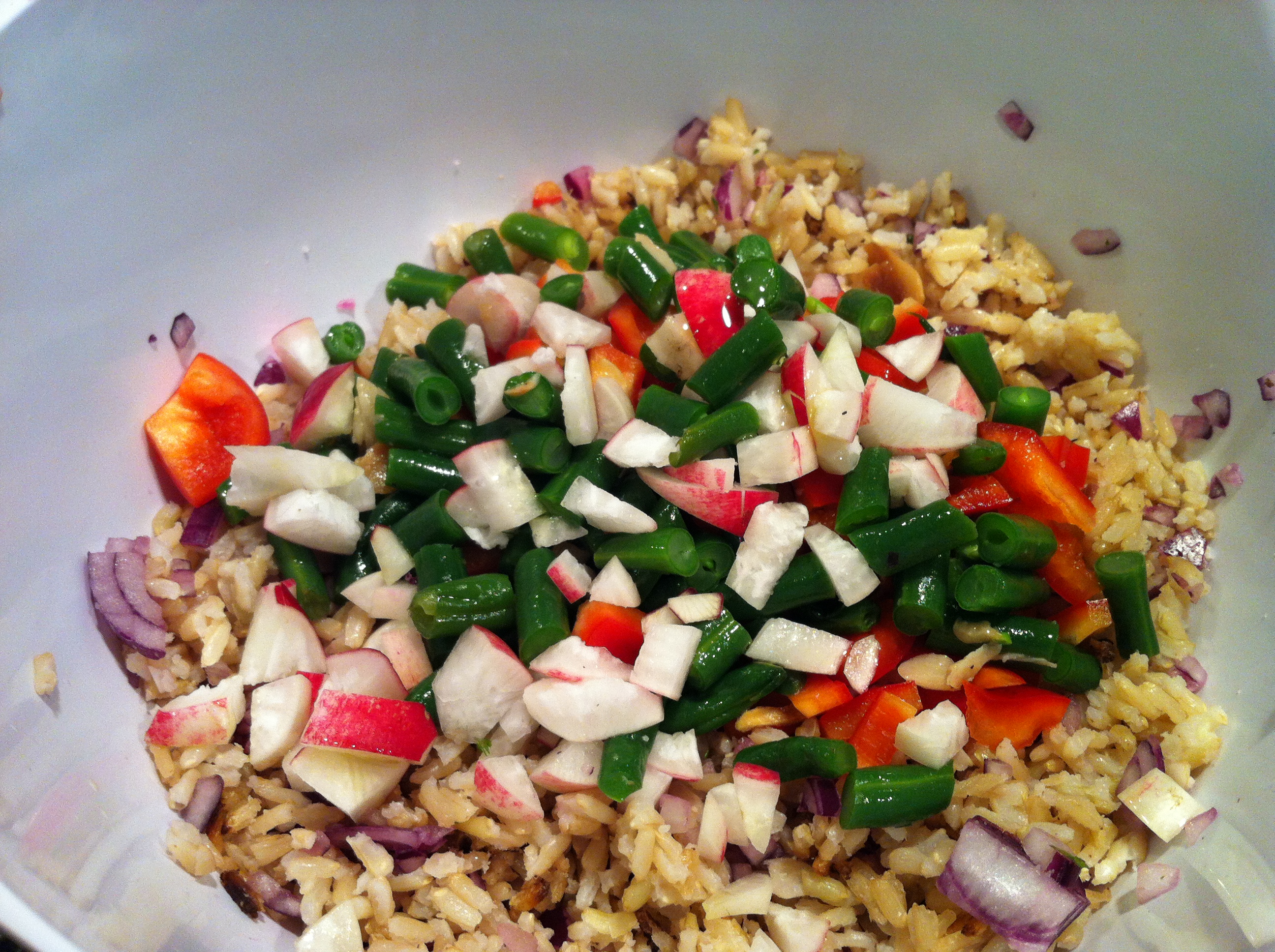
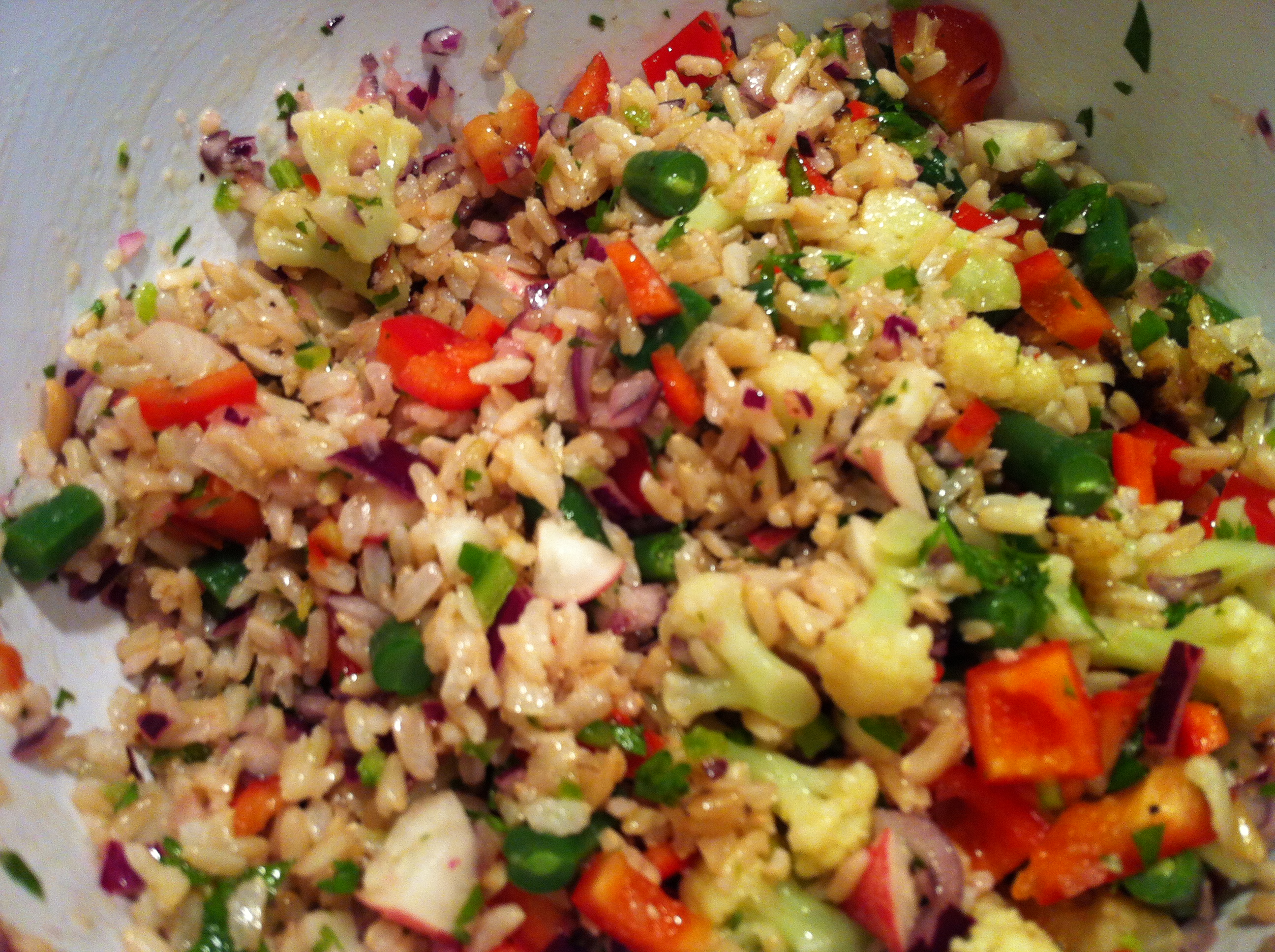
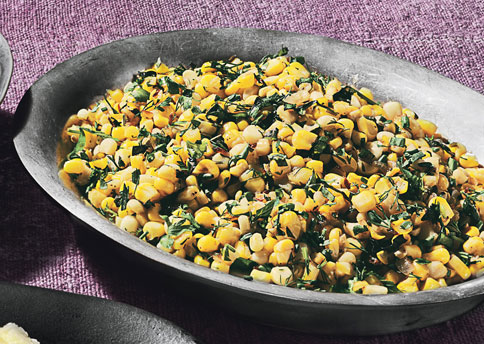
![IMG_2627[1]](http://www.adventuresineatingandeverythingafter.com/wp-content/uploads/2012/08/img_26271.jpg)
